순수한 소유자를 위해 전기 자동차에스, 충전은 운전 루틴의 필수 부분이되었습니다.. 하지만, 사용 중, 그들은 종종 다양한 자극적 인 문제를 겪습니다, 긴 충전 시간과 같은, 충전 더미의 오작동, 차량 충전 실패. 차량이 충전 할 수없는 문제, 특히, 많은 사람들이 직면 한 것입니다, 주파수는 다를 수 있지만.
충전 파일이 정상적으로 작동하고 다른 차량이 빠른 충전을 활용할 수있는 상황을 만난 적이 있습니까?, 그러나 자신의 차량은 단순히 청구를 거부합니다? 그래서, 문제는 어디에있을 수 있습니까?? 충전과 관련된 측면을 더 깊이 파고 들자.
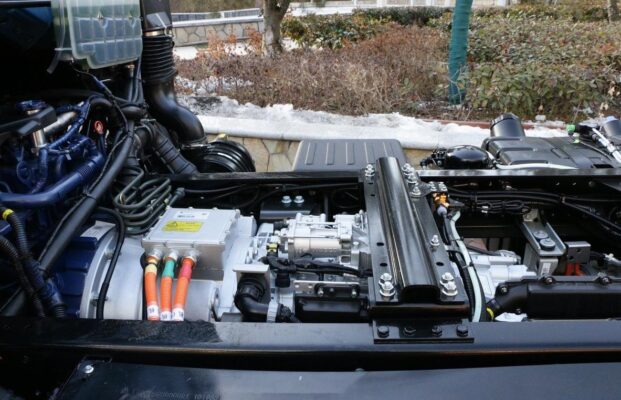
순수한 전기 자동차가 어떻게 충전됩니까??
첫 번째, let’s take a closer look at the charging process of pure 전기 자동차에스. To many, it might seem as straightforward as charging a mobile phone – just plug it in. But in reality, the charging system, process, and requirements of pure 전기 자동차s are far more complex than mobile phone charging.
The charging system of pure 전기 자동차s can be broadly divided into two major components. One is the charging facilities, which mainly consist of charging piles and charging harnesses (guns). The other is the on-board charging device, including on-board chargers, high-voltage control boxes, power batteries, DC/DC converters, low-voltage batteries, and various high-voltage and low-voltage control harnesses. The overall charging process can be broken down into several steps: physical connection, low-voltage auxiliary power activation, charging handshake, charging parameter configuration, the actual charging phase, and finally, the charging end.
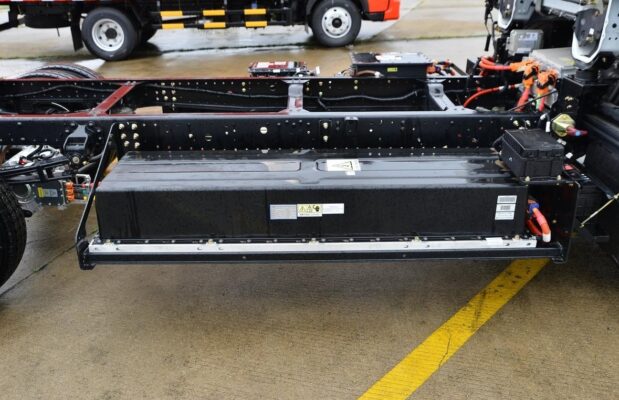
Since the charging pile is responsible for charging the pure 전기 자동차, the first prerequisite is the compatibility of the charging gun and the charging interface, that is, the physical connection. When the charging gun can be smoothly inserted into the vehicle, it lays the foundation for charging. 하지만, a successful insertion doesn’t automatically mean charging can commence. The charging interface must also ensure the safe transmission and conduction of large currents to prevent socket overheating and malfunctions due to excessive current. 동시에, it needs to meet requirements such as a long service life, 안전, water and dust resistance, and more.
Beyond the physical connection, a communication protocol must also be established between the charging pile and the pure 전기 자동차. In simple terms, this communication is like a continuous exchange of information in a “common language” between the two. Only when they meet the “compatible” standard can the charging process proceed smoothly.
What Is the New National Standard Charging Protocol?
The communication protocol is essentially an industry standard, similar to certifications like QC and 3C. Without a unified industry standard, it’s impossible to assess the quality of a product. Before 2015, due to the relatively limited number of pure 전기 자동차 models in the market at that time, the old national standard for the formulation of domestic charging equipment and communication protocols was incomplete and lacked detailed specifications, mostly providing only general references for relevant standards.
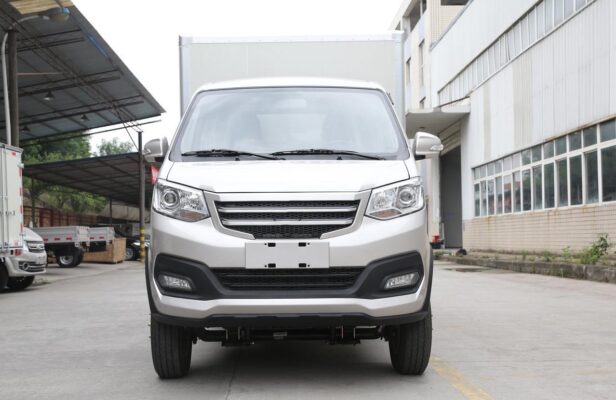
따라서, during the early application phase, there were issues of incomplete compatibility between different vehicles and charging facilities. Despite the charging interfaces of each brand conforming to the standard and the charging sockets and interfaces appearing similar, a charging pile of one brand could often only charge its own vehicles and was incompatible with those of other brands. They could be plugged in but fail to charge, causing significant inconvenience and frustration in the early charging experiences of pure 전기 자동차 users.
The GB/T27930-2015 international charging protocol introduced in 2015 focused on the safety and compatibility of charging. 새로운 국가 표준은 빠른 충전 인터페이스 및 안전 측면에 대한 통합 요구 사항을 부과했습니다., 충전 인터페이스 온도 모니터링과 같은 기능 추가, 전자 잠금 장치, 단열 모니터링, 그리고 배출 회로. 또한 다양한 주에서의 전송 속도와 같은 세부 사항을 규정했습니다., 메시지 시간 초과 결정, 최대 전류 출력의 결정, 메시지 전송 종료, and more. 또한, 새로운 국가 표준은 충전 파일 공급 업체와 차량 제조업체 모두 새로운 국제 충전 프로토콜의 표준 요구 사항을 준수하기 위해 시장에 진출하기 전에 제품에 대한 테스트를 수행해야한다고 분명히 규정했습니다..

새로운 국가 표준의 구현과 함께, different brands of vehicles can now utilize various public charging piles of different brands for charging. This cross-brand interconnection has significantly enhanced the convenience and safety of charging and, to a certain extent, has driven the rapid growth of pure 전기 자동차s in recent years.
It’s not just China that has a charging protocol; other countries and regions also have their own specific charging protocols. 예를 들어, some foreign brands produce charging piles that are exclusively compatible with their own products to safeguard the interests of their customers. 결과적으로, other brands of pure 전기 자동차s are unable to use Tesla supercharging piles because the charging protocols of the two are completely incompatible.
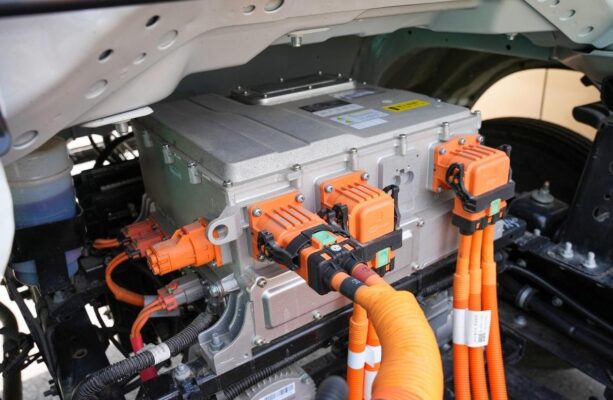
Charging Fault Codes
It’s been five years since the new national standard was implemented. 프로토콜 불일치로 인한 충전 실패 사례는 크게 감소했습니다., 그러나 그들은 완전히 사라지지 않았습니다. 앞에서 언급 한 충전 실패 상황은 종종 차량의 충전 프로토콜과 충전 더미 사이의 불일치에서 비롯됩니다.. 솔루션은 비교적 간단합니다: 소프트웨어를 업데이트하려면 4S 스토어를 방문하십시오 (충전 프로토콜). 그러나 다른 충전 결함이 있다면 어떨까요?? 당신은 그들 뒤에있는 이유를 알고 있습니까??
이와 관련하여, 메시지와 충전 오류 코드가 수반하는 내용을 이해하는 것이 필수적입니다.. 차량을 충전 한 소유자는 충전 과정에서, 충전 파일 스크린은 차량의 전력과 같은 정보를 표시합니다., 전압, 현재의, 온도, 그리고 자세한 배터리 정보조차도. 실제로, 이 차량 측 정보는 BMS에 의해 충전 파일로 전송됩니다. (배터리 관리 시스템) 커뮤니케이션 메시지를 통해.
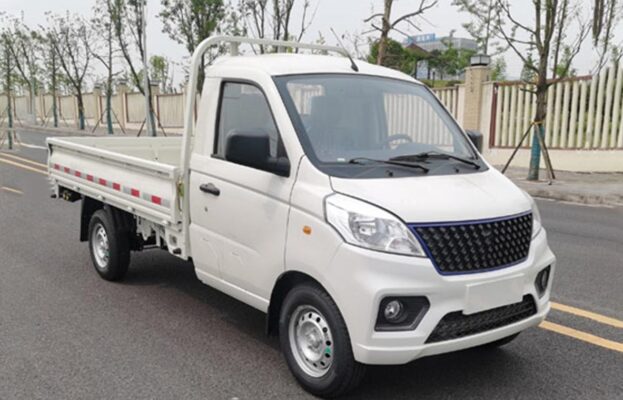
메시지는 일종의 것으로 인식 될 수 있습니다 “커뮤니케이션 언어” 국가 표준 충전 프로토콜에 의해 정의됩니다. 충전 세션 동안, 충전기와 온보드 BMS는 빈번한 데이터 교환을 통해 서로를 모니터링하여 정상적인 충전을 보장합니다.. 이 데이터는 많은 수의 메시지로 구성됩니다, 메시지 내용은 각 단계마다 다릅니다. 예를 들어, 충전이 시작될 때, BMS는 다음과 같은 메시지 코드를 전송합니다 “차량 배터리 상태를 동기화하면 충전이 준비되었습니다.” 충전 더미에. 충전 파일이 수신되고 인식되면, 정상적인 충전이 시작될 수 있습니다.
충전 실패 또는 중단이 발생하는 경우, BMS 또는 충전 파일은 다음을 나타내는 메시지를 보냅니다. “결함 원인”. 일반적으로, 충전 파일 스크린은 충전 실패에 대한 결함 코드를 표시합니다.. 하지만, 수많은 결함 코드를 살펴 보는 것이 압도적 일 수 있습니다, 신속한 솔루션을 찾는 것이 간단하지 않을 수 있습니다. 가장 효과적인 접근법은 충전 파일 서비스 제공 업체에 연락하여 표시된 결함 코드를 기반으로 조언을 구하기 위해 충전 실패의 원인과 적절한 솔루션을 결정하는 것입니다.. 물론, 그러한 문제가 발생할 때, 다른 충전 더미를 먼저 시도하는 것이 좋습니다. 아마도 문제는 개별 충전 더미에 있습니다.

결론
현재, 충전 더미와 순수한 충전 사이의 불일치 전기 자동차 충전은 여전히 산발적으로 발생합니다, 특히 수입 순수한 전기 자동차에스. 솔루션은 비교적 간단합니다 - 4S 스토어를 방문하여 국가 표준 충전 프로토콜의 버전을 업그레이드하십시오.. 충전 관련 지원 시설의 지속적인 확장 및 향상으로, 다양한 브랜드의 순수한 충전 표준 전기 자동차S는 점차 수렴됩니다, 충전 결함의 발생은 더 감소 할 것으로 예상됩니다..
순수한 충전 기술 개발 전기 자동차S는 진행중인 과정입니다. 기술이 발전하고 표준이 발전함에 따라, 우리는보다 원활하고 효율적인 충전 경험을 기대할 수 있습니다. 이것은 현재 순수의 우려를 완화 할뿐만 아니라 전기 자동차 소유자는 또한 호소와 채택을 향상시킵니다 전기 자동차더 넓은 자동차 시장에서.
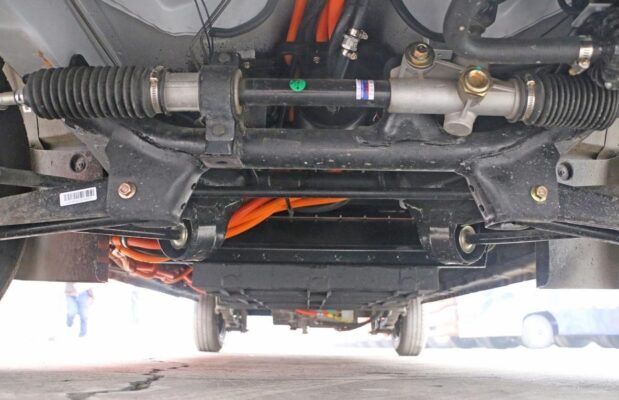
미래에, perhaps we’ll witness even more advanced charging protocols that offer faster charging speeds, greater compatibility, and enhanced safety features. This could potentially revolutionize the way we perceive and utilize 전기 자동차에스, making them an even more viable and attractive option for transportation. 게다가, with the integration of smart grid technologies and intelligent charging management systems, charging could become more intelligent and efficient, optimizing the utilization of energy resources and reducing the overall charging time and costs.
The path towards a sustainable and electric transportation future is filled with challenges and opportunities. Addressing charging-related issues is a crucial step in this journey, 그리고이 분야의 지속적인 혁신과 개선은 의심 할 여지없이 내일의 이동성 환경을 형성하는 데 중추적 인 역할을 할 것입니다..